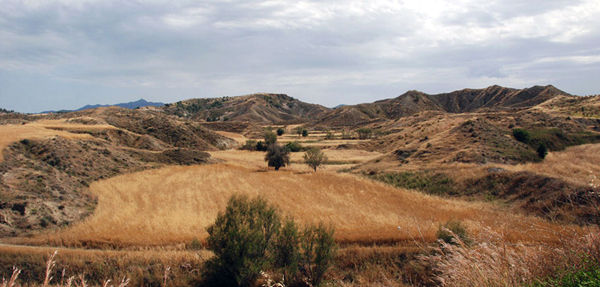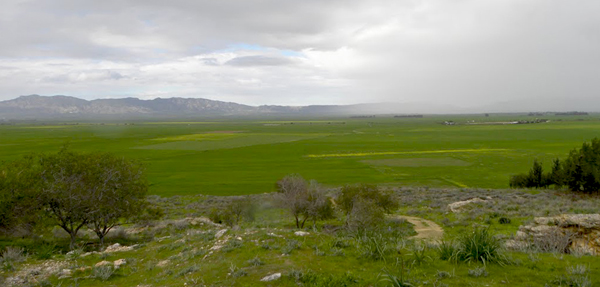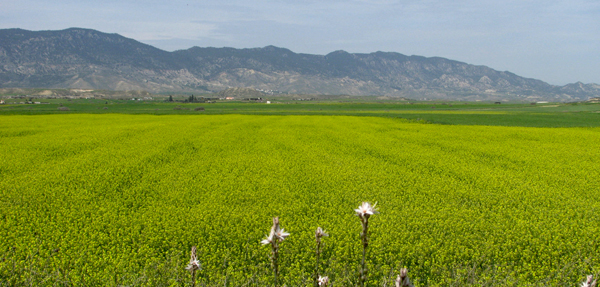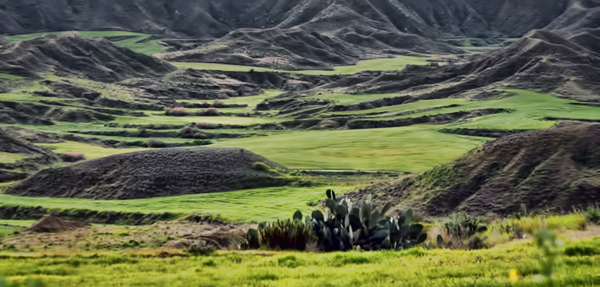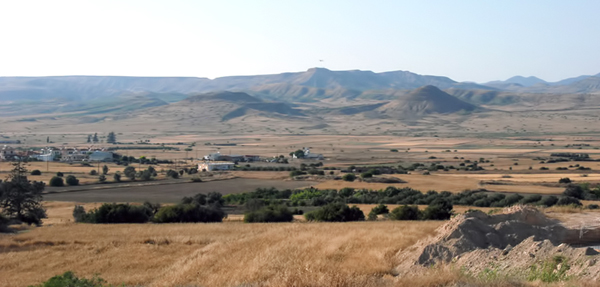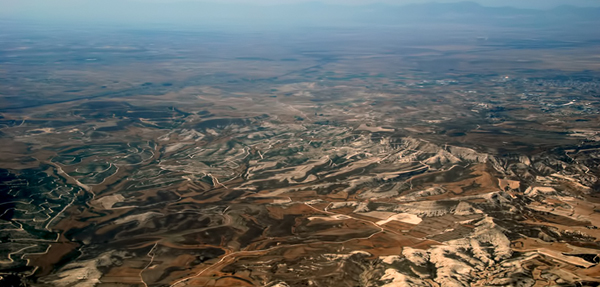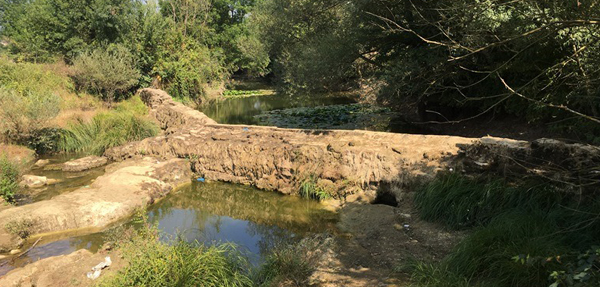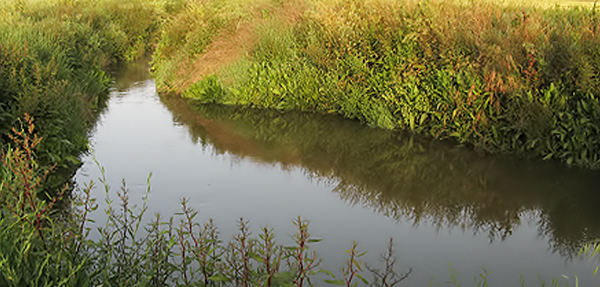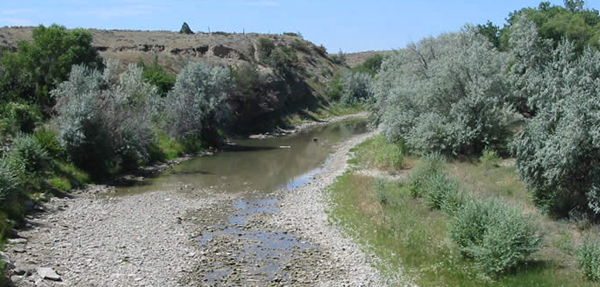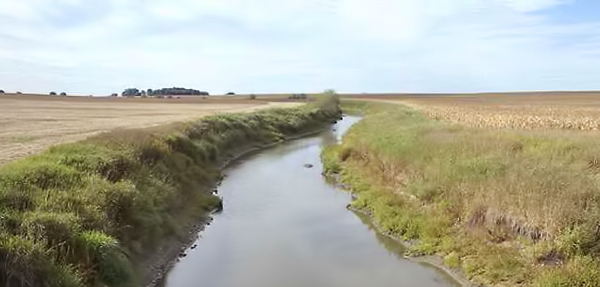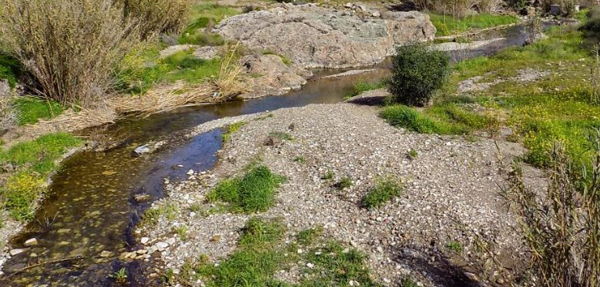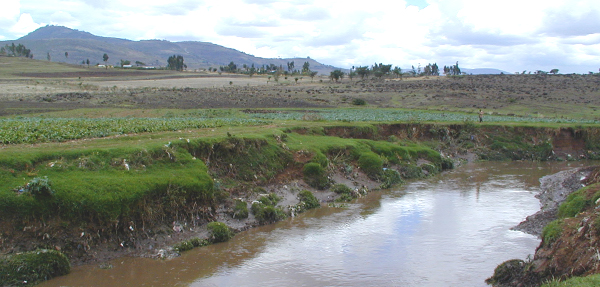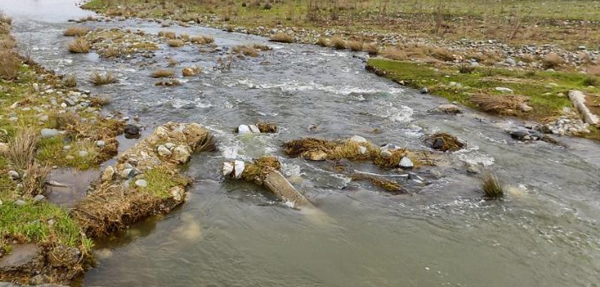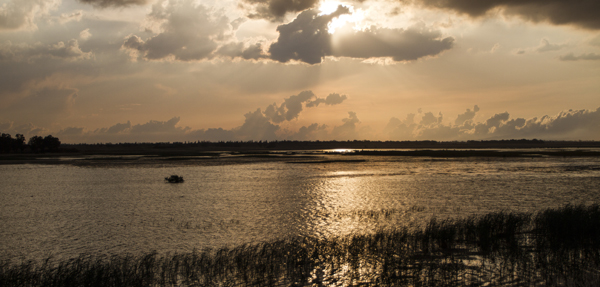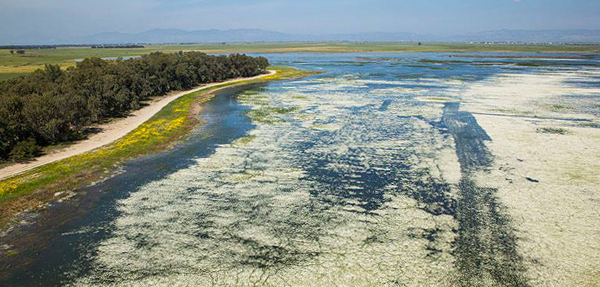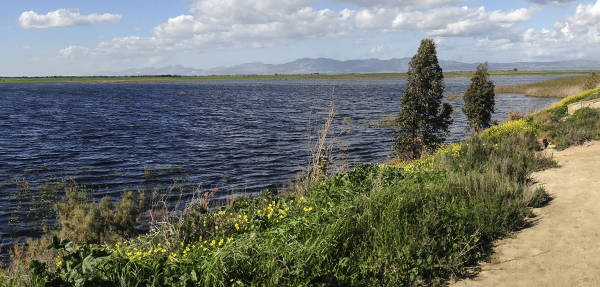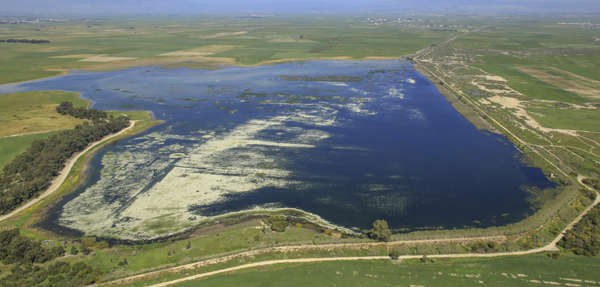The Mesaoria/Mesarya Plain is bounded at the east and west by the Mediterranean Sea, at the south by the Troodos/Trodos Mountains and at the north by the Pentadaktylos/Beşparmak Mountains, while in the middle lies the capital Nicosia/Lefkoşa.
In the past, it was covered by dense forests. Most of these forests were cut down in the middle of the 1st century BC to provide wood for the Ptolemaic navy. Afterwards, this harvest continued in order to provide fuel during the extraction of copper. Yet, there were still significant stands of trees on the plain as recently as the late 16th century. Today, the only remaining forested areas are on the surrounding mountains. Due to this deforestation, it is now covered with "Kafkalla"; which is a local term referring to calcium carbonate that has been compacted into a hardpan.
The plains are well known for their agricultural richness. Consequently, this area was given its well-deserved nickname as the “bread basket of Cyprus”.
Kukla Wetlands; including Kuklia/Köprülü Reservoir and the surrounding inland salt marshes are part of the Eastern Mesaoria/Mesarya Plain. Although this reservoir is called Kuklia/Köprülü Reservoir in literature, locals refer to the area as Kukla which was its original name in ancient times so we adopted this name to promote it among locals.

